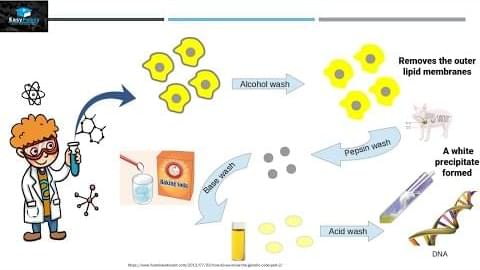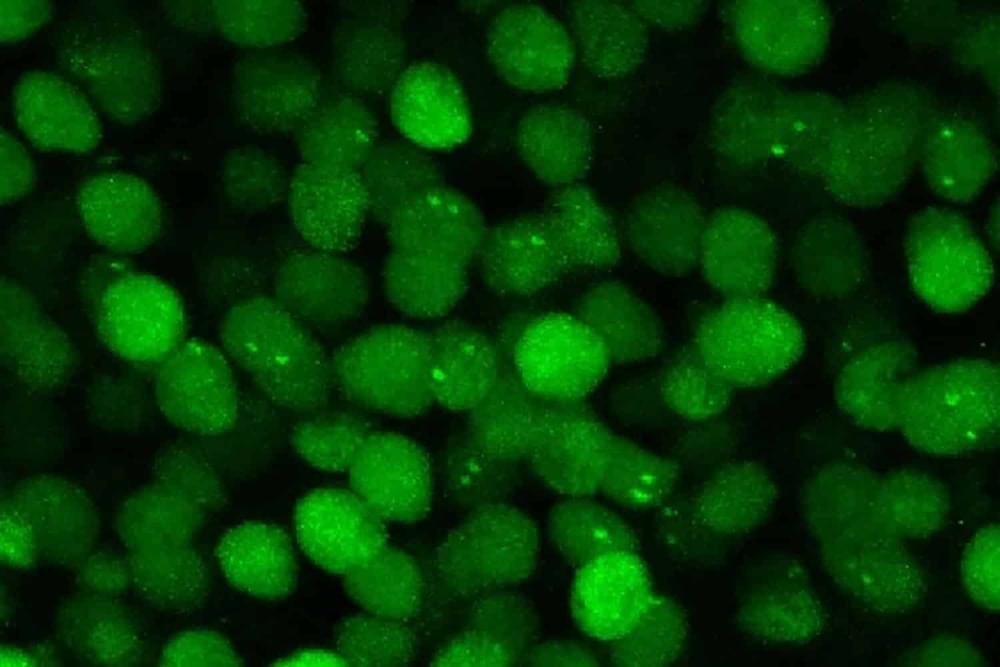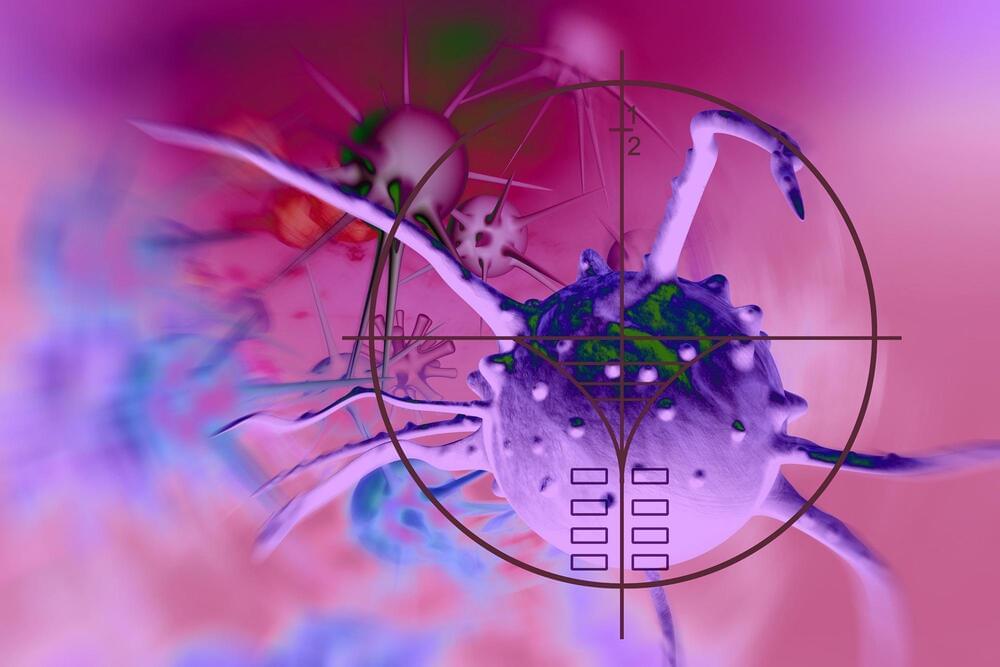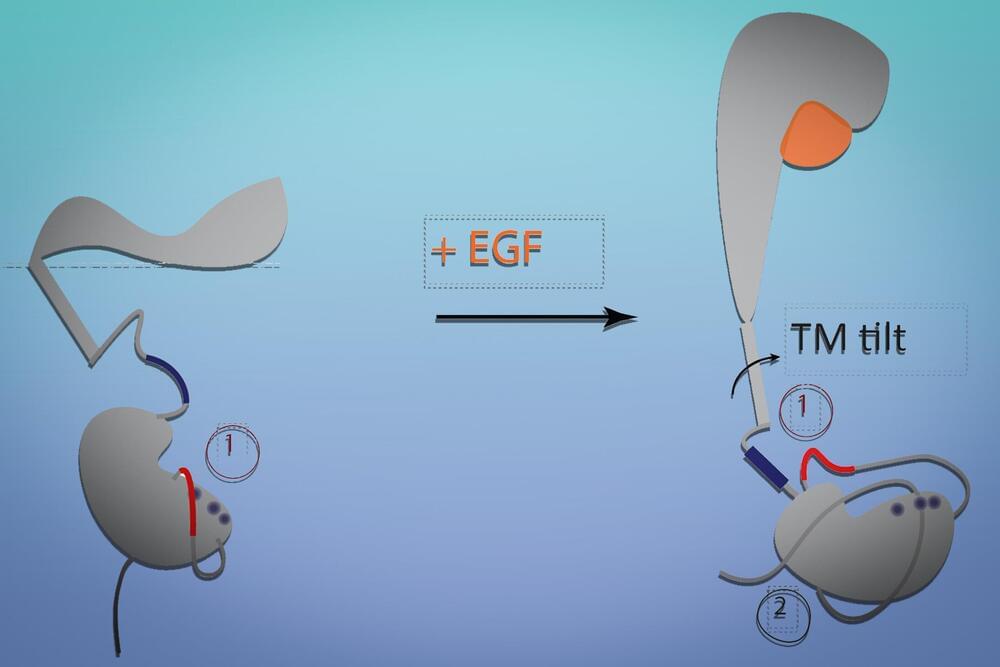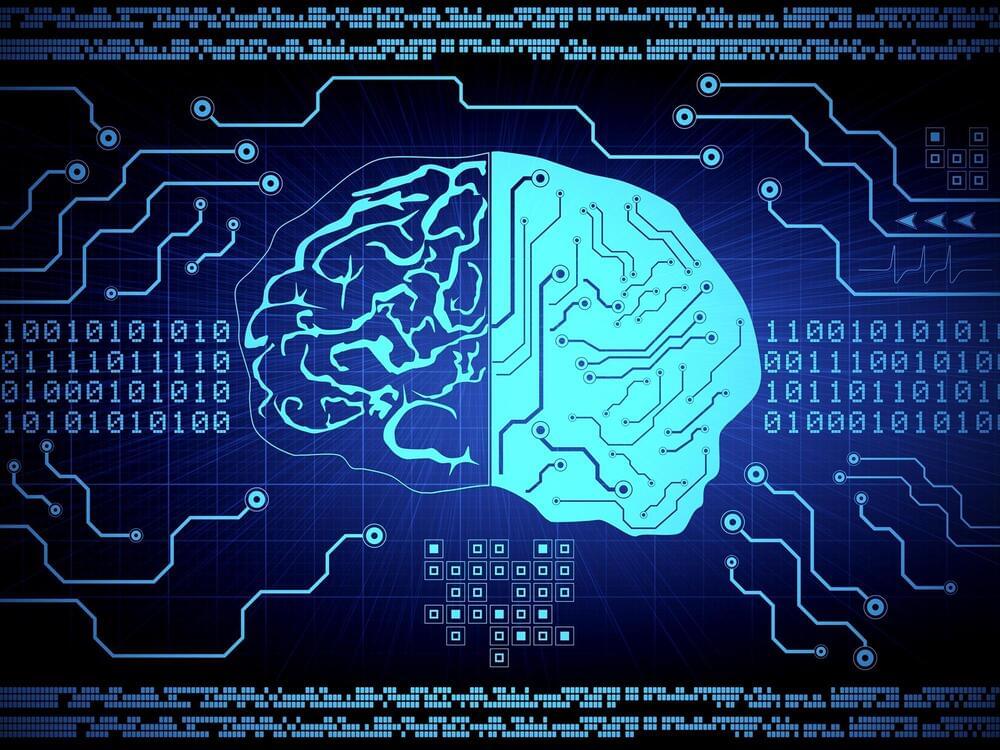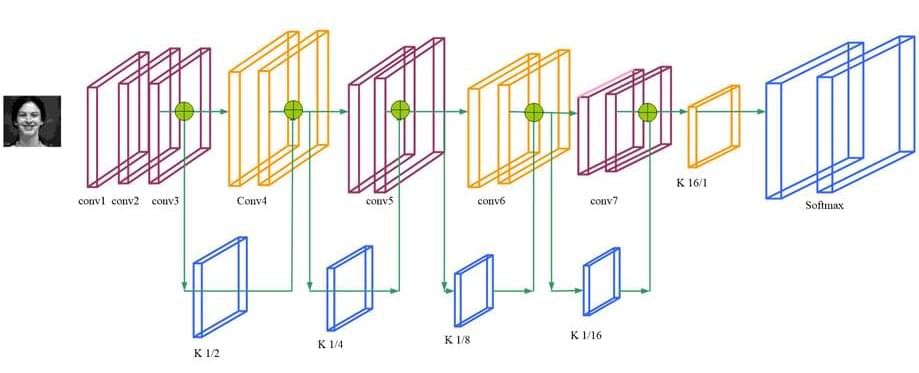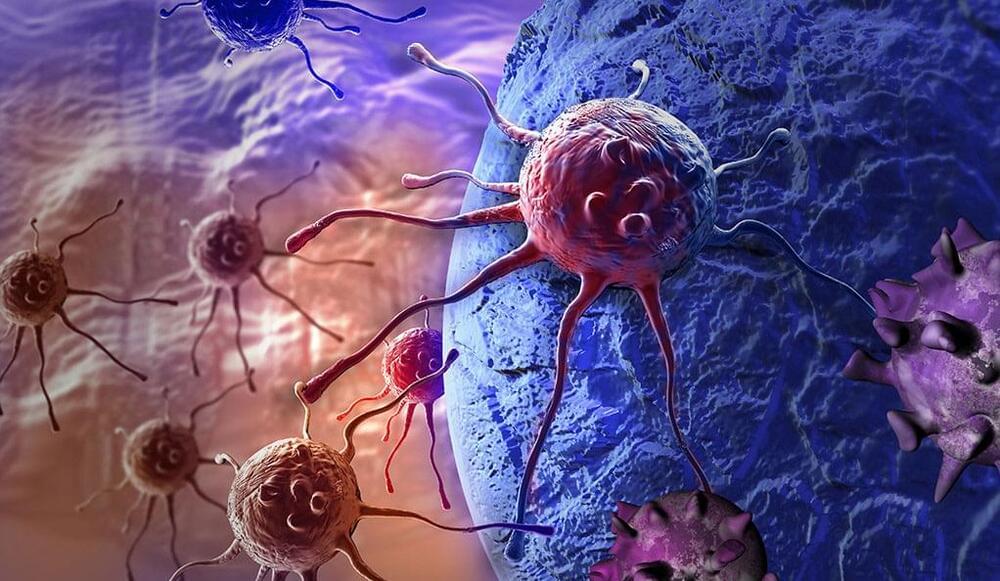Jul 7, 2022
Researchers discover brain pathway that helps to explain light’s effect on mood
Posted by Saúl Morales Rodriguéz in category: biotech/medical
From changes in daylight across seasons to the artificial lighting choices in workplaces, it’s clear that the quantity and quality of light that a person encounters can significantly impact mood.
Now, scientists at Brown University think they know why.
In a new study published in the Proceedings of the National Academy of Science, the research team used functional MRI to reveal how light-intensity signals reach the brain, and how brain structures involved in mood process those signals. The study demonstrated that some regions of the cerebral cortex involved in cognitive processing and mood show sensitivity for light intensity.

